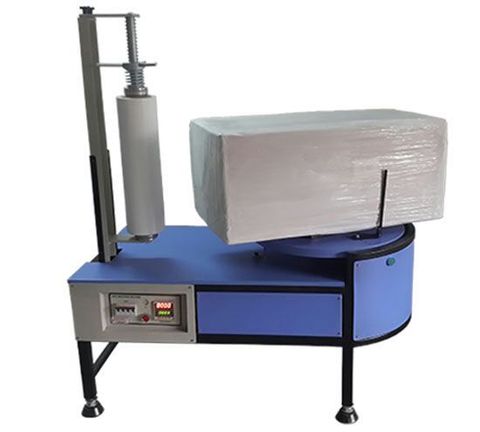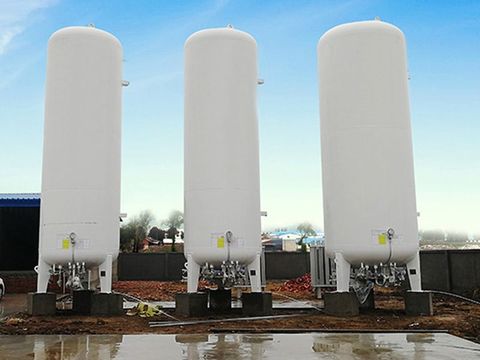Smart Advice for Selecting High-Performance Substation Equipment
Substation equipment forms the backbone of electrical power systems. A substation is a critical part of the transmission and distribution network, responsible for transforming voltage levels, enabling safe power flow, protecting infrastructure, and ensuring uninterrupted electricity supply. Substations exist to manage power efficiently as electricity moves from generation plants to homes, industries, and commercial buildings.
The equipment inside a substation varies depending on voltage level, design, and application. Common components include transformers, circuit breakers, control panels, isolators, relays, switchgear, busbars, and surge protection devices. Each piece plays a role in managing voltage, regulating current, and maintaining safety.

Substations are essential in modern power networks because electricity must be stepped up for transmission and stepped down for safe use. Without accurate and high-performing equipment, the power grid cannot function efficiently, and system reliability may be compromised.
Importance – Why Substation Equipment Matters Today
Modern societies rely on stable, safe, and uninterrupted electricity. High-performance substation equipment is central to achieving this.
Who It Affects
-
Power utilities
-
Industrial manufacturers
-
Commercial facilities
-
Residential communities
-
Renewable energy plants
-
Data centers and critical infrastructure
Key Problems This Equipment Helps Solve
1. Ensures Reliable Power Supply
Quality equipment minimizes power interruptions and supports steady voltage output.
2. Protects Electrical Infrastructure
Circuit breakers, relays, and isolators protect transformers and other devices from overloads, short circuits, and system faults.
3. Supports Energy Efficiency
Modern equipment reduces line losses and improves load management.
4. Enables Renewable Energy Integration
As solar and wind installations expand, substations require advanced equipment to manage variable input and maintain grid stability.
5. Enhances Public and Worker Safety
Protective devices help prevent electrical accidents and reduce fire risks.
Why It Matters Today
With the global expansion of digital services, EV infrastructure, manufacturing, and smart grids, the demand for robust power systems is increasing. High-performance substation equipment helps utilities manage this demand while improving resilience against faults, natural events, and equipment aging.
Recent Updates – Trends and Developments in Substation Equipment (2024–2025)
Substation technology has evolved significantly in the past year, driven by digitalization, sustainability goals, and increasing grid complexity.
1. Digital Substation Expansion (2024–2025)
Utilities are adopting IEC 61850-based digital substations that use fiber-optic communication instead of copper wiring. This improves safety, reduces wiring complexity, and enables real-time monitoring.
2. Growth in Gas-Free Switchgear (Late 2024)
Several manufacturers introduced SF₆-free switchgear using clean air or vacuum technologies. This aligns with global emissions reduction goals.
3. AI-Based Predictive Maintenance Tools (2024)
Predictive analytics platforms are being used to monitor equipment health and detect faults before failure, reducing downtime and maintenance costs.
4. Integration of Remote Monitoring Systems (2024–2025)
Many substations now incorporate IoT sensors to track temperature, load, voltage fluctuations, and equipment condition.
5. Modular and Compact Substation Solutions (2025 Trend)
Prefabricated and containerized substations are becoming popular due to faster installation and reduced land requirements.
These trends make substations more efficient, environmentally conscious, and easier to manage in both rural and urban settings.
Laws or Policies – Rules Affecting Substation Equipment
Substation equipment must comply with national and international regulations that ensure safety, reliability, and environmental protection.
Key Policy Areas Affecting Substations
1. Electrical Safety Standards
Most countries follow standards such as:
-
IEC 60076 for transformers
-
IEC 62271 for switchgear
-
IEEE/ANSI standards for power equipment
These guidelines ensure that substations operate safely under various conditions.
2. Environmental Regulations
Policies often require:
-
Minimizing hazardous gases like SF₆
-
Managing transformer oil disposal
-
Installing noise control systems
-
Preventing chemical leaks
Many regions are gradually introducing restrictions on greenhouse gases used in switchgear to support climate goals.
3. Renewable Energy Grid Policies
Governments are implementing renewable integration mandates that substation equipment must support, such as:
-
Voltage regulation systems
-
Smart grid compatibility
-
Reverse power flow handling
4. Worker Safety Laws
Substation personnel must follow:
-
Electrical hazard protocols
-
Protective equipment requirements
-
Lockout–tagout systems
These policies shape equipment design and operational procedures.
Tools and Resources – Helpful Solutions for Substation Planning and Selection
Several digital tools, calculators, and technical resources support engineers, facility managers, and utility planners in selecting the right equipment.
Useful Tools and Resources
-
Load Calculation Tools: Software such as ETAP, PowerWorld, and PSS®E help conduct load flow and fault analysis.
-
Transformer Selection Calculators: Tools for estimating cooling type, rating, and load capacity.
-
Protection Relay Coordination Software: Assists in designing protection schemes.
-
GIS & Mapping Tools: Platforms like QGIS help in planning substation locations.
-
IoT Monitoring Dashboards: Provide real-time data on equipment temperature, load, and operating conditions.
-
Maintenance Management Apps: CMMS tools like UpKeep support preventive maintenance scheduling.
-
Technical Standards Libraries: IEC, IEEE, and national standards provide up-to-date specifications and compliance guidelines.
Sample Comparison Table – Key Substation Equipment
| Equipment Type | Primary Function | Benefits | Common Use Cases |
|---|---|---|---|
| Power Transformers | Voltage transformation | High efficiency, stable performance | Transmission and distribution |
| Circuit Breakers | Interrupts fault current | Protects grid from damage | Substation protection systems |
| Switchgear | Controls electrical circuits | Compact, safe operation | Industrial and utility substations |
| Isolators | Ensures safe disconnection | Facilitates maintenance | High-voltage lines |
| Protection Relays | Detects abnormal conditions | Improves reliability | Automation and monitoring |
This table provides a quick comparison to help readers understand equipment roles and differences.
FAQs – Common Questions About Substation Equipment
1. What factors should be considered when choosing substation equipment?
Important factors include voltage level, load demand, environmental conditions, safety requirements, maintenance needs, and future expansion plans.
2. How long does substation equipment typically last?
Most equipment lasts 20–40 years, depending on operating conditions, material quality, and maintenance frequency.
3. Are digital substations better than traditional ones?
Digital substations offer advantages such as improved monitoring, fewer cables, enhanced safety, and faster protection systems. However, they require trained personnel and higher initial investment.
4. What causes substation equipment failure?
Common causes include aging components, insulation breakdown, overloads, moisture ingress, and lack of preventive maintenance.
5. Can substation equipment support renewable energy systems?
Yes. Modern substations are designed to manage variable loads, bidirectional power flow, and advanced voltage regulation, making them suitable for solar, wind, and hybrid systems.
Final Thoughts
High-performance substation equipment plays a crucial role in maintaining stable, reliable, and safe electrical power systems. As grids continue to modernize, selecting the right equipment becomes even more important. By understanding the purpose of each component, following regulations, staying informed about the latest trends, and using advanced planning tools, utilities and facility managers can build substations that meet present needs and support future energy demands. With digitalization, increased environmental awareness, and improved material technologies, substations will continue to evolve into smarter and more efficient energy hubs.





